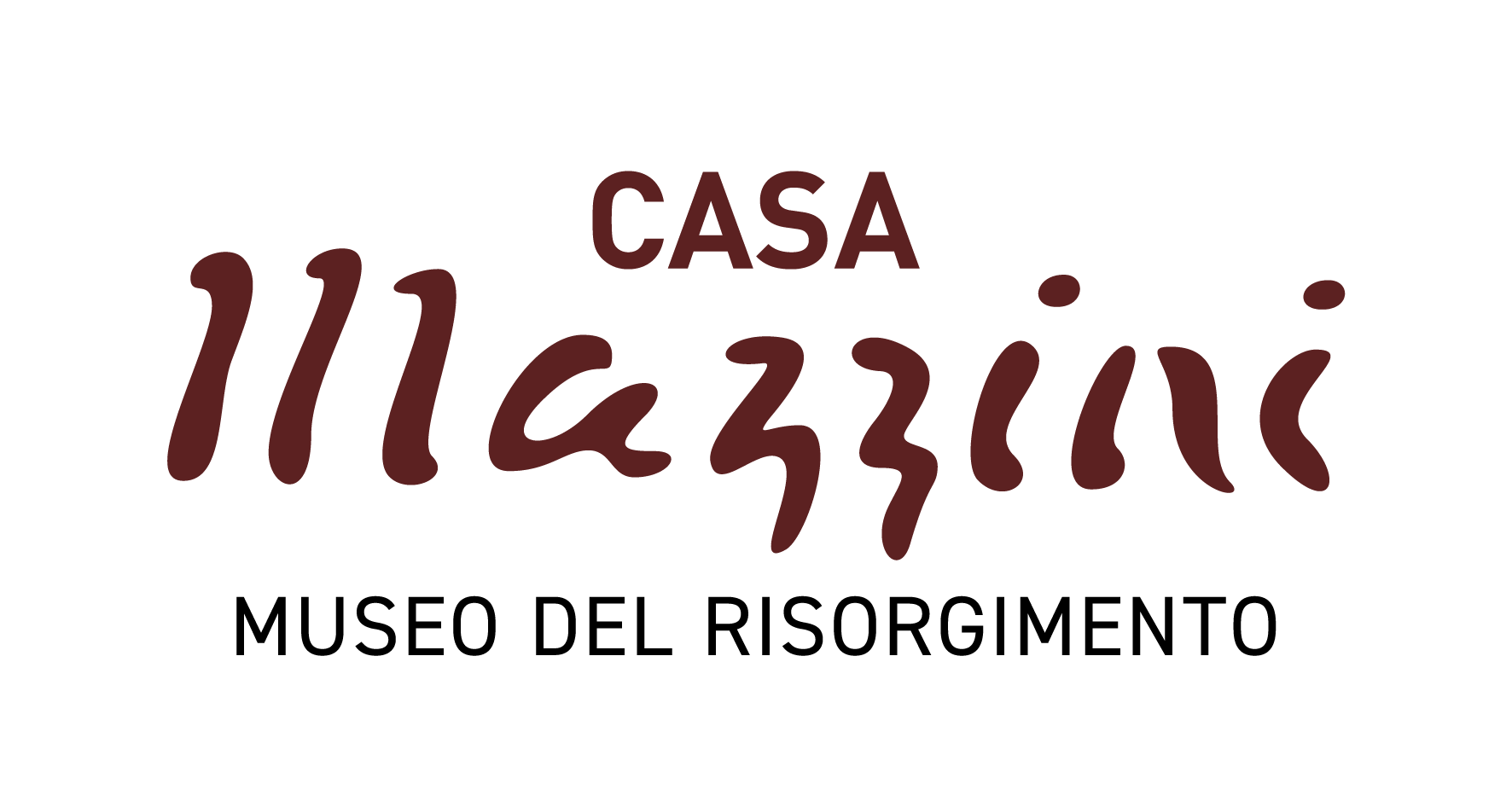The exhibition itinerary follows a chronological order that is interwoven with moments of in-depth analysis on particular themes and characters.
First floor: The 18th century
The path starts from the painting by Giuseppe Comotto, The Genoese insurrection of 1746 and the myth of Balilla, a story that a century later will return to take on a new symbolic value in the history of the National Risorgimento, with the invention of the figure of Balilla , the heroic boy who on 5 December would “start” the insurrection against the Austrians, to then continue with sections dedicated to the Jacobin Republic (1797 - 1805), annexations of Genoa to the French Empire (1805 - 1814) and to the Kingdom of Sardinia (1815).
Second floor: The rooms of the apartment inhabited by the Mazzini family
The exhibition continues through the rooms of the apartment inhabited by the Mazzini family, with a section dedicated to the young Mazzini, from his first “carbonari” (revolutionary society) experiences in “Giovine Italia”. Next to it, Mazzini's studio has been rebuilt, with his desk and some objects that belonged to him, including the guitar that accompanied him during the long years of exile. Third floor: Goffredo Mameli and the National Anthem, The decade of preparation, Garibaldi and Expedition of the Thousand.
The third floor hall opens with the most precious manuscript from the collections of the Mazziniano Institute, the first signed draft of the "Fratelli d'Italia" anthem by Goffredo Mameli, set to music by Michele Novaro, our national anthem with a section dedicated to the Romana Republic (1849), from which an evocative setting dedicated to Giuseppe Garibaldi and the main events and protagonists of the “Mille”'s enterprise unfolds.
The Risorgimento route ends with the section entitled "May 5, 1915. The monument to the Thousand between myth and propaganda", which documents the long troubled history of the monument and its inauguration through the artistic and documentary testimonies present in the collections of the Institute, including the plaster model of the monument to the Thousand by Eugenio Baroni and the signed document with the oration of Gabriele d'Annunzio. From here starts the final exhibition section dedicated to the Great War. It presents a selection of paintings, drawings, posters, photographs, archival documents, weapons and memorabilia. These collections began to form as early as the first months after Italy entered the war alongside her allies, and precisely in September 1915, when the Municipality accepted the request made by the Ministry of Education, through the President of the National Committee for the history of the Risorgimento, Paolo Boselli, to collect "the historical testimonies and documents on the current war for the complete liberation of Italy", entrusting the task to the Office of Fine Arts and History. From this, the "museum life" of the collected works and artefacts began, which largely had the Mazzinian Institute as their final destination, albeit via many different paths, in the aftermath of the Liberation.




